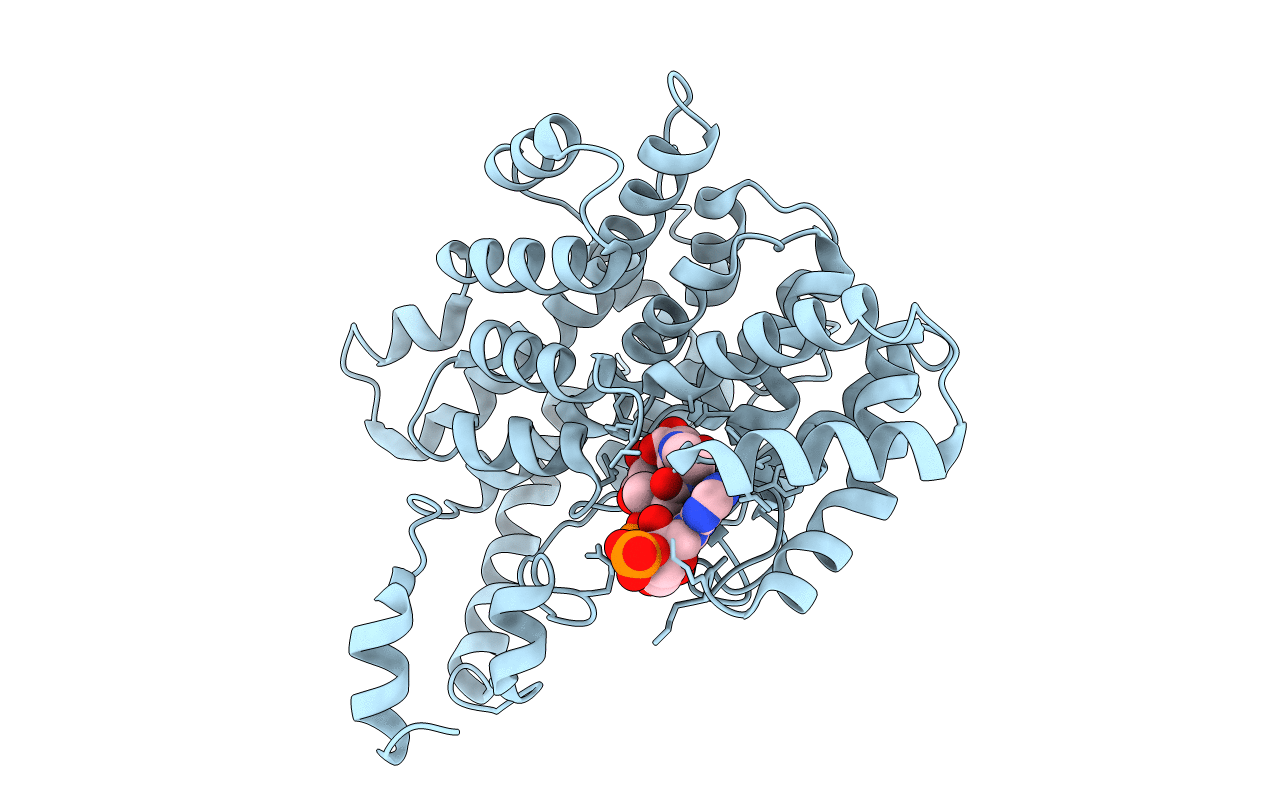
Deposition Date
1994-03-07
Release Date
1994-04-30
Last Version Date
2024-02-07
Entry Detail
PDB ID:
1CSI
Keywords:
Title:
A very short hydrogen bond provides only moderate stabilization of an enzyme: inhibitor complex of citrate synthase
Biological Source:
Source Organism:
Gallus gallus (Taxon ID: 9031)
Method Details:
Experimental Method:
Resolution:
1.70 Å
R-Value Observed:
0.15
Space Group:
C 1 2 1


